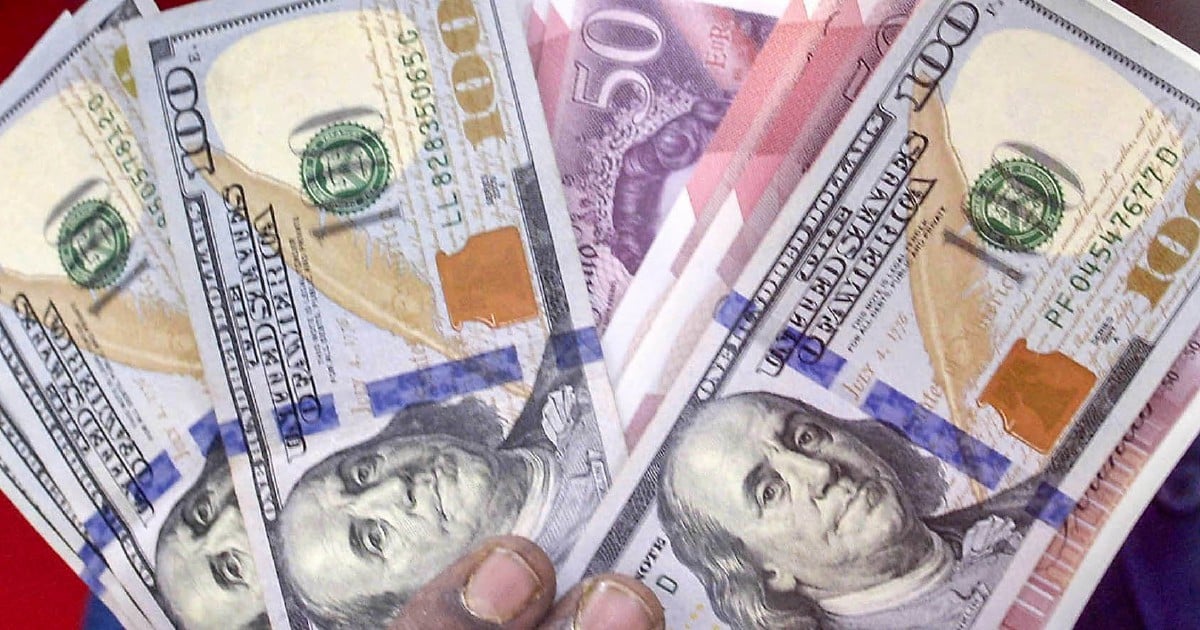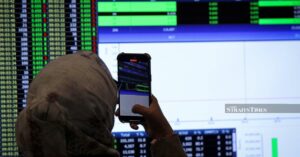THE US dollar’s sharp drop in April during a burst of tariff-related financial stress called into question what many had assumed to be its critical function as a safety trade. Some now wonder whether that haven status was ever truly warranted.
For much of the past 15 years, global investors have considered the US dollar a natural hedge during economic and political shocks, allowing them to feel comfortable about amassing ever more United States assets while leaving their currency exposure largely unhedged.
The argument was simple. If Wall Street took a plunge, it would drag most global assets down with it, but a countervailing surge in the US dollar exchange rate would limit investors’ losses on US stocks and bonds.
But that didn’t happen in March and April. As the S&P 500 fell by as much as 20 per cent, the US dollar index dropped eight per cent, prompting some soul-searching among investors and a wave of hedging.
In turn, the greenback recorded its worst January-June performance in the entire floating exchange rate era that began in 1973.
But where did the confidence in the US dollar’s safe haven status originate in the first place?
You can go all the way back to the Cold War, when a dash for dollars and gold was always assumed to be the knee-jerk investor response to geopolitical stress.
But the greenback’s latest, most-celebrated safe haven performance was during the banking crash of 2008. Even though US banks, mortgages, and credit markets were the epicentre of the global financial quake, the US dollar still surged in value when it all came asunder.
And yet analysis by former Treasury official Brad Setser, now a fellow at the Council on Foreign Relations, suggests the real cause of the 2008 US dollar spike was a rapid unwind of US dollar-funded currency carry trades used to exploit cross-border interest rate gaps.
Setser dissects the balance of payments data from the time, concluding that overseas capital “unambiguously” flowed out of US markets as Lehman Brothers collapsed in late 2008.
More broadly, Setser found that foreign private money flowed out of the US banking system, shedding corporate and asset-backed bonds in droves.
The US dollar bid came mostly from US investors seeking to repatriate cash from abroad, he reckons, much of which had been funding carry trades in emerging economies, as back then US interest rates had been relatively low for a long period leading up to the crisis.
“If the US dollar rallied in 2008 not thanks to its reserve currency status but rather because the funding currencies in a carry trade tend to rally in a carry unwind … investors should not assume that the US dollar will rally in future instability,” he wrote late last week.
Although some currency analysts suggest that US dollar-funded emerging market carry trades remain alive and well, the much bigger flows are likely between the major currency pairs, where the US dollar is offering the juicier yield.
If the US dollar’s safety attributes in recent decades were largely a mirage, the implications are potentially profound.
That’s especially true at a time when the US administration is seeking to reduce the US dollar’s historic “overvaluation” to support President Donald Trump‘s re-industrialisation agenda.
If foreign investors no longer believe in a US dollar “safety net”, that’s bad news for the already damaged US “exceptionalism” theme, especially given that additional hedging costs will lower the expected returns in already expensive US markets.
As Boston-based investment management firm GMO pointed out last month, much of the US equity market outperformance in the 15 years since the banking crisis was driven by US dollar appreciation and multiple expansion. Take those away, and US companies’ fundamental outperformance was more modest and essentially non-existent since 2019.
While it may seem odd to be revising some basic assumptions about one of the biggest financial crashes in history some 17 years after the event, what it says about how the rest of the world views the US dollar is crucial today.
We may have to await the next financial shock to truly test the thesis.
The writer is from Reuters
© New Straits Times Press (M) Bhd





